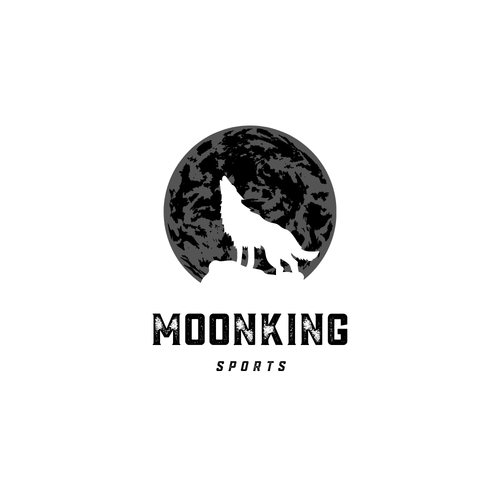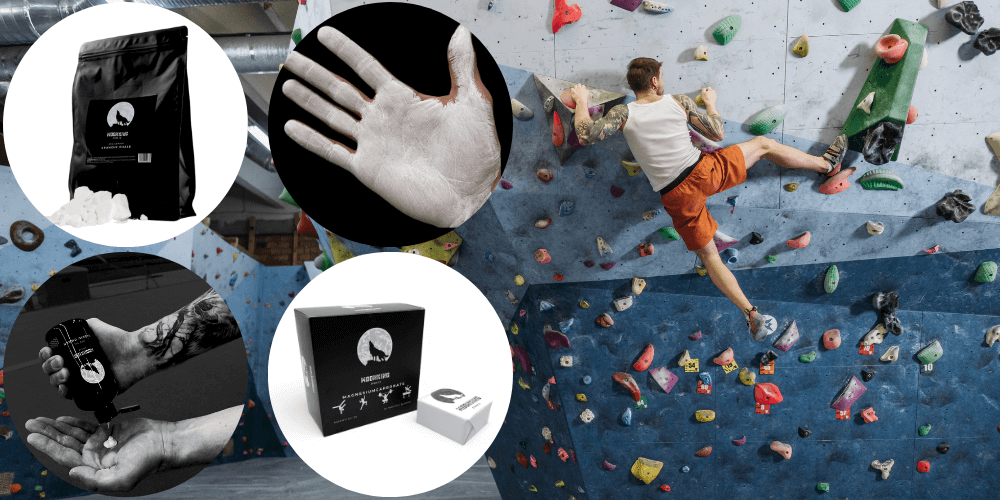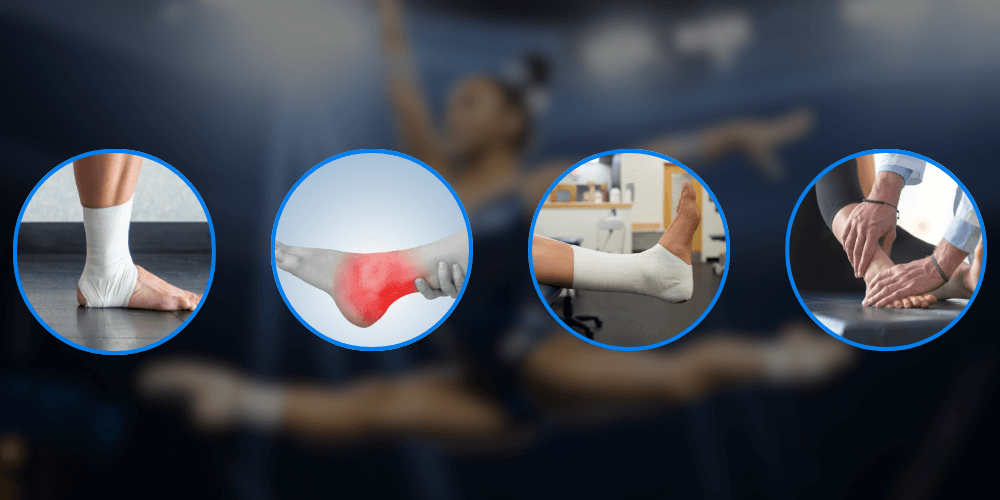Magnesia in Sports: More than just Climbing
Magnesia, also known as chalk, is much more than just a tool for climbers - it is an indispensable companion in many sports that improves your grip, reduces the risk of injury and helps you achieve your maximum performance. In this article, you will learn how magnesia is used in different disciplines, what variants there are and what advantages and disadvantages each form brings with it.
Magnesia: The inconspicuous hero for more grip
Magnesia is a white powder that allows for a dry and secure grip thanks to its sweat-absorbing properties. Originally known in climbing, the range of uses for chalk has now expanded considerably. It works by binding sweat, improving the friction between skin and equipment and thus preventing slipping.
Sports and Applications of Magnesia
climbing and bouldering
- The classic: Chalk is almost indispensable when climbing and bouldering. The rough rock faces and artificial holds require a secure grip.
-
Why Chalk?
- Reduces sweat and improves friction.
- Prevents slipping – whether leading or bouldering.
weightlifting and strength training
-
Heavy weight, secure grip:
When lifting weights, a stable grip on the barbell is crucial. Magnesia prevents your hands from slipping, thus minimizing the risk of injury. -
Precision and control:
During complex exercises such as snatches or clean and jerks, chalk ensures that the barbell is guided safely. -
disciplines:
In addition to classic weightlifting, magnesia is also used in CrossFit and powerlifting to optimize your performance.
gymnastics and gymnastics
-
Versatile use:
In gymnastics, magnesia provides support on equipment such as parallel bars, high bars and rings – especially during demanding elements such as flying elements on the high bar or long hang elements on the parallel bars. -
Security and precision:
A secure grip is crucial to performing exercises precisely and avoiding injuries. -
Gymnastics:
Chalk can also help provide better grip during floor exercises.
Other sports
-
Wrestling:
Wrestlers use chalk to get a better grip on their opponent. -
Calisthenics:
In this form of training using your own body weight, magnesia improves grip strength. -
Pole Dance:
Dancers use chalk to stay safe on the pole.
Variants of Magnesia and their Application
There are different types of magnesia that differ in consistency and application:
-
Powdered chalk:
The classic magnesia, available in bags or cans. It offers strong adhesion and is versatile. -
Liquid Chalk:
A liquid form of chalk that dries faster and creates less dust. Ideal for competitions or indoor areas where cleanliness and hygiene are paramount. -
Block Chalk:
A solid block of pressed chalk that is particularly practical in climbing gyms and when on the go.
Benefits of Using Chalk
-
Improved grip:
Chalk provides a dry, secure grip by reducing sweat and increasing friction. -
Prevents slipping:
A stable handle significantly reduces the risk of injury. -
Increased performance:
With chalk you can develop your maximum strength, as a secure grip optimizes the execution of the exercises. -
Precision:
The secure grip allows exercises to be performed more precisely and with greater control.
Disadvantages and precautions
-
Dust development:
Powdered chalk can create dust that can irritate the respiratory tract and pollute the environment. -
Skin irritation:
Excessive use or sensitive skin may cause irritation. -
Environmental impact:
Some types of chalk can be harmful to the environment. It is worth considering environmentally friendly alternatives.
Conclusion
Chalk is a versatile and essential tool in sports. It not only improves grip and performance, but also helps prevent injuries. Whether you are climbing, lifting weights, doing gymnastics or doing other sports, chalk is your reliable partner for a safe and firm grip.









